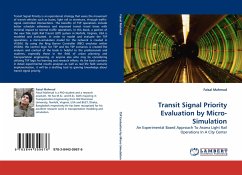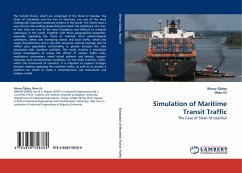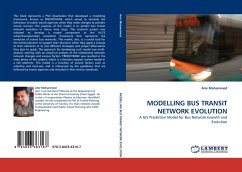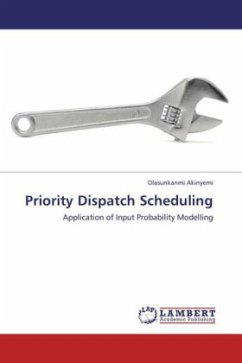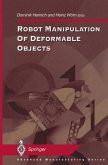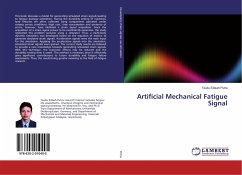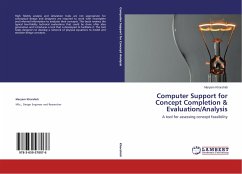Transit Signal Priority is an operational strategy that eases the movement of transit vehicles such as buses, light rail or streetcars, through traffic-signal controlled intersections. The benefits of TSP operations include better schedule adherence and improved transit travel times with minimal impact to normal traffic operations. In this book, a portion of the new Tide Light Rail Transit (LRT) system in Norfolk, Virginia, USA is modeled and evaluated. In order to model and evaluate the TSP operations, a micro-simulation model for the network is created in VISSIM. By using the Ring Barrier Controller (RBC) emulator within VISSIM, the control logic for TSP and No TSP scenarios is created.The analysis and context of the book is helpful to the professionals and students, especially those in the field of urban planning and transportation engineering, or anyone else who may be considering utilizing TSP logic for learning and research efforts. As the book contains in detail experimental results analyses as well as real life field scenario implementation, it will be a drafting tool to gaining knowledge about transit signal priority.
Bitte wählen Sie Ihr Anliegen aus.
Rechnungen
Retourenschein anfordern
Bestellstatus
Storno

